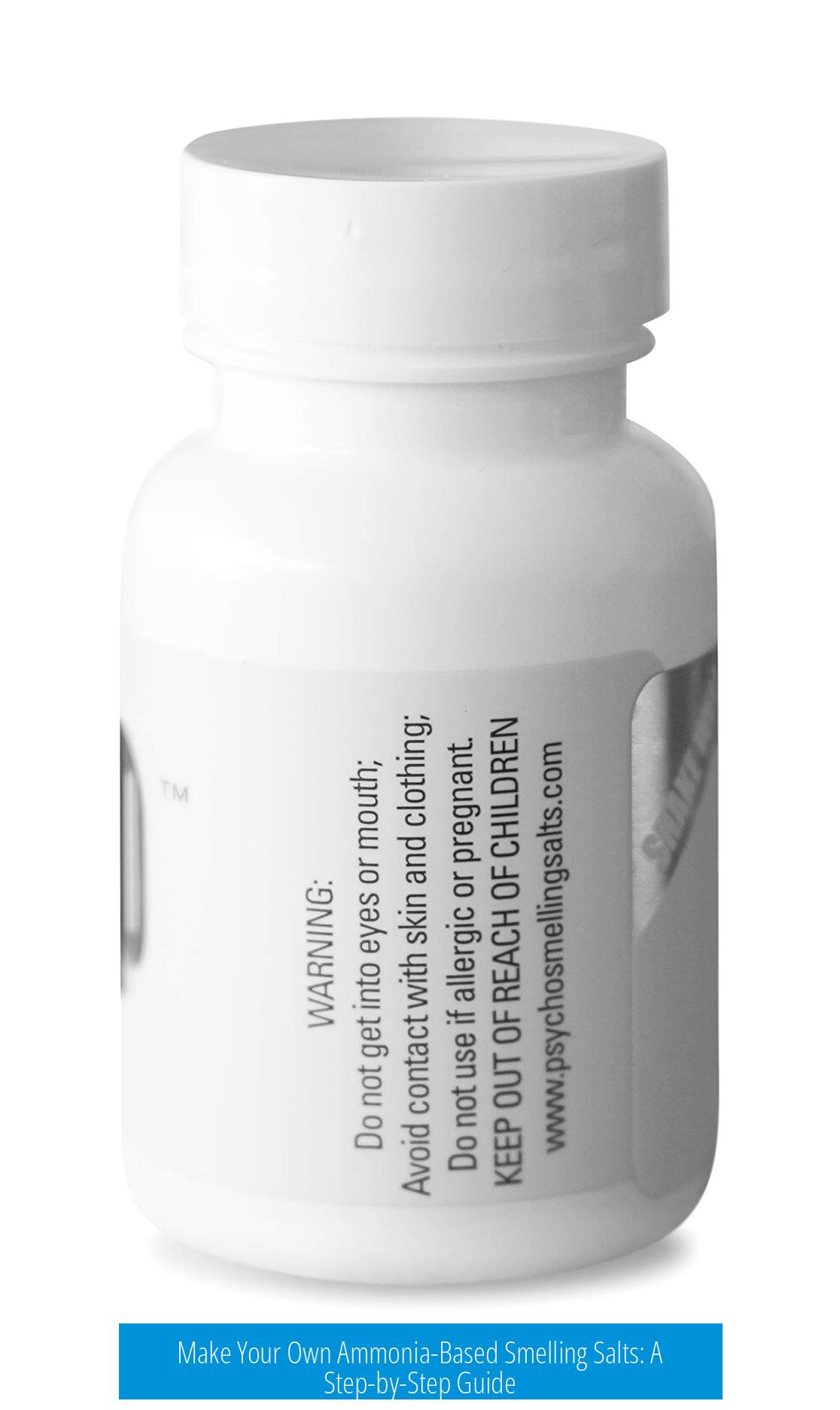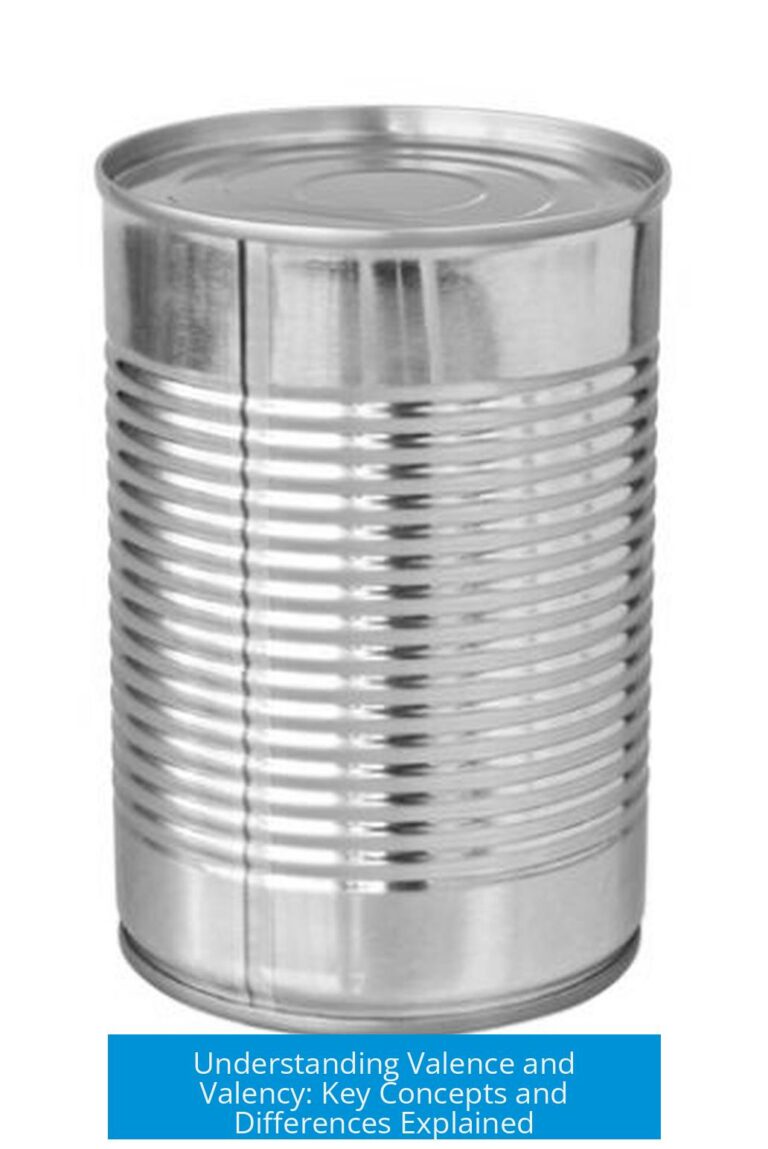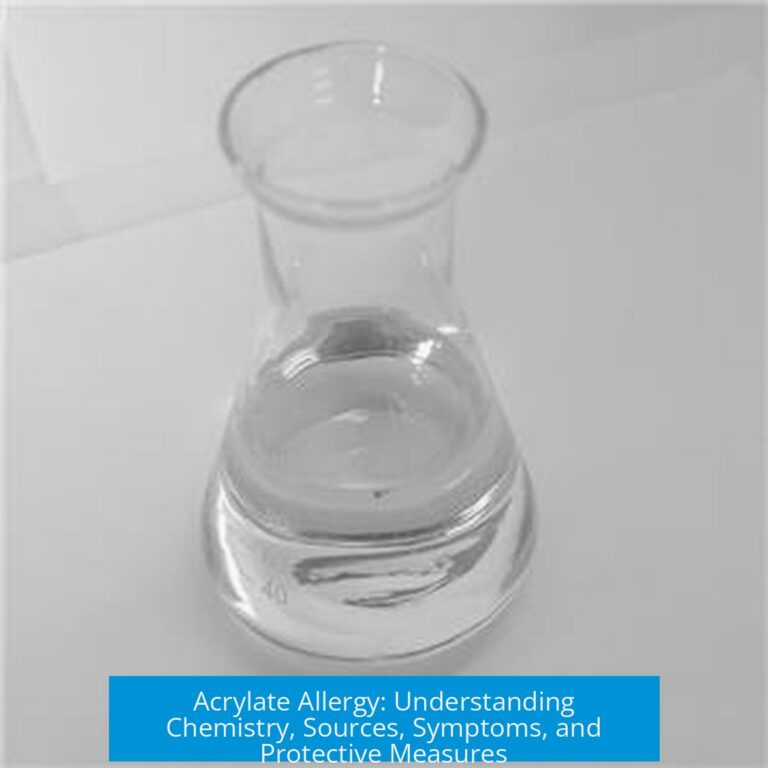How to Make Your Own Ammonia-Based Smelling Salts
Ammonia-based smelling salts primarily consist of a mixture of sodium carbonate (Na2CO3) and ammonium chloride (NH4Cl). These two compounds react together when exposed to moisture to release ammonia gas (NH3), which acts as a stimulant. This process can be recreated at home with readily available materials and a clear understanding of the reaction principles involved.
Composition of Ammonia-Based Smelling Salts
The fundamental chemical components in traditional ammonia smelling salts are sodium carbonate and ammonium chloride.
- Sodium carbonate is commonly known as washing soda. It is distinct from sodium bicarbonate (baking soda) and cannot be substituted because bicarbonate lacks the alkaline strength needed for the reaction.
- Ammonium chloride is a simple salt often used in chemistry labs to prepare buffer solutions. Its acidic nature reacts with sodium carbonate to liberate ammonia gas.
How the Reaction Produces Ammonia Gas
When mixed, sodium carbonate and ammonium chloride absorb moisture from the air and partially dissolve.
This dissolution enables a reaction where the alkaline sodium carbonate neutralizes the acidic ammonium chloride. One of the products formed is ammonia gas (NH3), which volatilizes and produces the pungent smell associated with smelling salts.
Humidity plays a role in the speed and volume of ammonia release. In dry environments, ammonia generation slows down due to insufficient moisture for dissolution. To counteract this, the mixture can be kept slightly moist in sealed containers to allow instant ammonia release upon opening.
Sourcing the Ingredients
| Compound | Common Source | Availability |
|---|---|---|
| Sodium Carbonate (Na2CO3) | Washing soda | Widely available in supermarkets or hardware stores |
| Ammonium Chloride (NH4Cl) | Chemistry labs, buffer preparation | Obtainable via academic labs or scientific suppliers; sometimes available from specialty retailers |
While ammonium chloride is less common in regular stores, it is inexpensive and easy for labs to supply in small quantities.
Making Ammonium Chloride at Home
Ammonium chloride can be synthesized using household chemicals:
- Ingredients: Household ammonia (approximately 30% NH3 solution) and hydrochloric acid (often sold as muriatic acid or spirits of salt, about 25% HCl solution).
- Process: Mixing these two solutions reacts ammonia with hydrochloric acid, producing ammonium chloride dissolved in water.
- Crystallization: Boil off excess water carefully to yield solid ammonium chloride crystals.
- Proportions: For 100 g of ammonium chloride (molar mass 53.5 g/mol), 1.87 moles are needed.
- Calculations:
- 1.87 moles ammonia = 31.8 g pure ammonia = 106 g of 30% ammonia solution.
- 1.87 moles hydrochloric acid = 68.3 g pure HCl = 273 g of 25% hydrochloric acid solution.
Adhering to these proportions ensures complete neutralization and a pure ammonium chloride product. Use caution when handling acids and ammonia solutions, as both are hazardous.
Using Ammonium Carbonate and Bottled Ammonia
An alternative to using sodium carbonate and ammonium chloride is to combine ammonium carbonate powder with bottled 30% ammonia.
Example method:
- Place ammonium carbonate in a sealed bottle.
- Add a small amount of 30% ammonia solution inside, along with a cotton ball.
- The mixture produces ammonia gas which is released when the bottle is opened, mimicking the traditional smelling salts effect.
Bottled ammonia is highly concentrated. A small amount suffices, allowing one liter of 30% ammonia to produce hundreds of smelling salt bottles.
Encapsulation and Presentation
A common question is whether ammonia smelling salts can be prepared as capsules to break and sniff.
Capsule production involves trapping ammonia gas or reactive materials in a breakable container. This requires airtight microcapsules or glass ampoules, usually produced industrially for safety and controlled release.
DIY approaches with capsules pose challenges due to ammonia’s volatility and the need to protect the contents from premature loss. Creating small breakable sachets that contain the dry mixture and a moistened cotton ball is more practical at home than true capsules.
Summary of Chemical Mechanism and Practical Considerations
| Aspect | Details |
|---|---|
| Reaction components | Sodium carbonate (alkaline) + ammonium chloride (acidic) |
| Reaction outcome | Ammonia gas release upon moisture absorption |
| Moisture role | Essential for dissolution and reaction; controls ammonia release rate |
| Storage | Moist samples require airtight containers to avoid ammonia loss |
| Alternative ingredients | Ammonium carbonate and commercial ammonia can substitute |
Key Takeaways
- Ammonia smelling salts result from sodium carbonate reacting with ammonium chloride under moist conditions.
- Sodium carbonate is widely accessible as washing soda; ammonium chloride is less common but can be synthesized at home.
- Ammonium chloride production requires mixing household ammonia with hydrochloric acid in correct proportions.
- Keeps the mixture slightly moist and stored airtight for immediate ammonia release when opened.
- Ammonium carbonate combined with bottled ammonia is a practical, alternative method to produce smelling salts.
- Creating ammonia capsules at home is complicated by ammonia’s volatility and container limitations.
What is the exact chemical mixture used in ammonia based smelling salts?
The common mix is sodium carbonate (washing soda) and ammonium chloride. Sodium bicarbonate won’t work. These two react when moist to release ammonia gas.
How can I make ammonium chloride at home for smelling salts?
Mix household ammonia (about 30%) with hydrochloric acid (called muriatic acid), then boil off water to crystallize ammonium chloride. Proper proportions are needed for the reaction.
Why is moisture important for ammonia release in smelling salts?
The salts absorb water vapor, allowing the reaction to release ammonia gas. In low humidity, release is slow unless the mixture is kept moist and sealed airtight.
Can bottled ammonia and ammonium carbonate be used to make smelling salts?
Yes. Combining ammonium carbonate powder with 30% bottled ammonia and a cotton ball produces smelling salts. A small amount of ammonia can make many bottles.
Is it possible to make smelling salts in breakable capsules?
Making capsule forms is a question raised, but the article does not give a detailed method. It suggests interest, but no instructed process is provided.





Leave a Comment